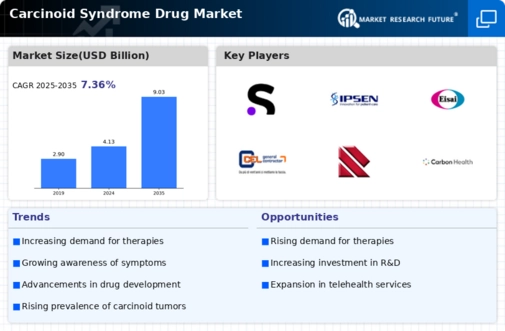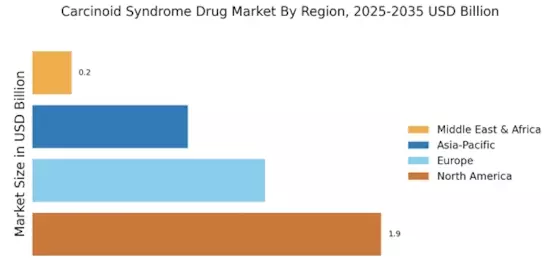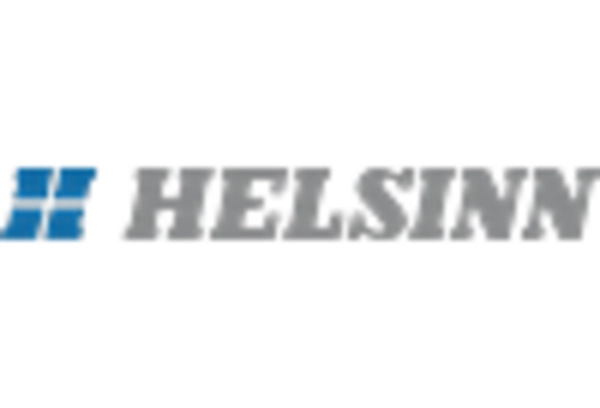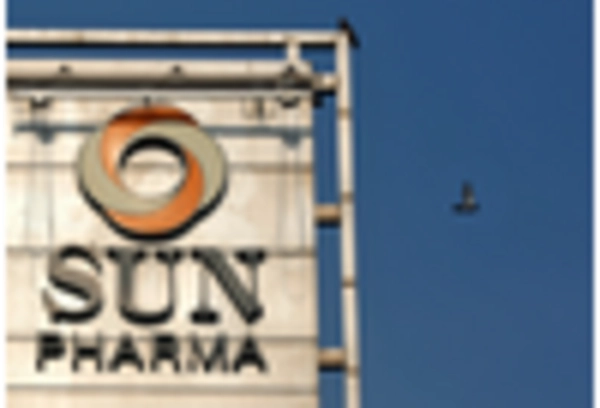Rising Healthcare Expenditure
The increasing healthcare expenditure across various regions is a significant driver for the Carcinoid Syndrome Drug Market. As healthcare budgets expand, there is a greater allocation of resources towards the treatment of complex conditions such as carcinoid syndrome. This trend is particularly evident in developed economies, where healthcare systems are investing in advanced diagnostic tools and treatment options. The willingness of healthcare providers to cover innovative therapies may lead to improved access for patients, thereby increasing the demand for carcinoid syndrome drugs. Moreover, the emphasis on value-based care is likely to encourage the adoption of effective treatment modalities, further stimulating growth within the Carcinoid Syndrome Drug Market.
Advancements in Drug Development
Recent advancements in drug development methodologies are significantly influencing the Carcinoid Syndrome Drug Market. The introduction of novel therapeutic agents, including targeted therapies and biologics, has transformed treatment paradigms for carcinoid syndrome. For instance, the development of somatostatin analogs has shown promising results in managing symptoms and controlling tumor growth. Furthermore, ongoing clinical trials are exploring the efficacy of combination therapies, which may enhance treatment outcomes. The continuous innovation in drug formulation and delivery systems is expected to improve patient adherence and overall treatment efficacy. As these advancements unfold, they are likely to attract investment and interest from pharmaceutical companies, thereby propelling the growth of the Carcinoid Syndrome Drug Market.
Growing Patient Advocacy and Support Groups
The emergence of patient advocacy and support groups is playing a crucial role in shaping the Carcinoid Syndrome Drug Market. These organizations are instrumental in raising awareness about carcinoid syndrome, educating patients and healthcare providers, and advocating for better treatment options. Their efforts contribute to increased visibility of the condition, which may lead to earlier diagnoses and improved treatment outcomes. Additionally, these groups often collaborate with pharmaceutical companies to facilitate clinical trials and research initiatives, thereby fostering innovation in drug development. As patient advocacy continues to grow, it is likely to enhance the overall landscape of the Carcinoid Syndrome Drug Market, driving demand for effective therapies.
Regulatory Support for Innovative Therapies
Regulatory bodies are increasingly providing support for the development and approval of innovative therapies within the Carcinoid Syndrome Drug Market. Initiatives aimed at expediting the review process for new drugs, particularly those addressing unmet medical needs, are becoming more prevalent. This regulatory environment encourages pharmaceutical companies to invest in research and development for carcinoid syndrome treatments. The potential for faster market entry and the possibility of receiving incentives for orphan drugs may stimulate innovation in this sector. As regulatory frameworks evolve to support novel therapies, the Carcinoid Syndrome Drug Market is likely to experience accelerated growth, benefiting both patients and manufacturers.
Increasing Incidence of Neuroendocrine Tumors
The rising incidence of neuroendocrine tumors, particularly carcinoid tumors, appears to be a primary driver for the Carcinoid Syndrome Drug Market. Recent estimates suggest that the prevalence of these tumors is increasing, with a notable rise in diagnoses over the past decade. This trend may be attributed to improved diagnostic techniques and heightened awareness among healthcare professionals. As more patients are diagnosed with carcinoid syndrome, the demand for effective treatment options is likely to surge. Consequently, pharmaceutical companies are focusing on developing innovative therapies to address this growing patient population. The increasing incidence not only emphasizes the need for effective drugs but also presents a lucrative opportunity for stakeholders within the Carcinoid Syndrome Drug Market.


















Leave a Comment